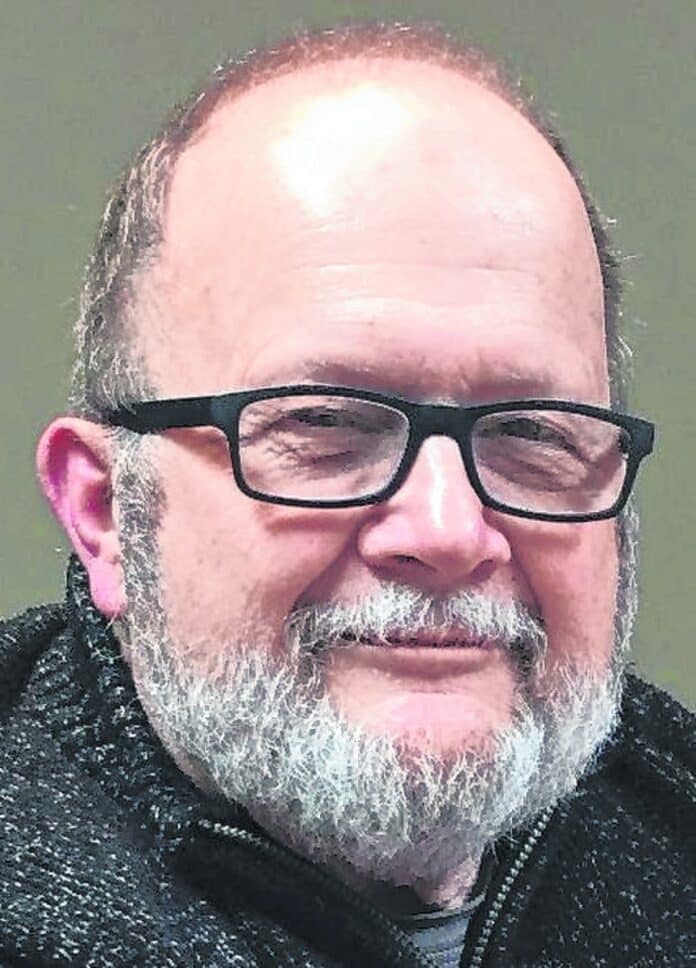There seems to be a great deal of controversy about the New Palestine Museum. It looks like the museum may close after six years, and that’s sad. New Palestine and Sugar Creek are rich in tradition, history and pioneer culture, and that story should be told and retold to children and adults ever acknowledging the town’s proud heritage. Citizens of the area should be pleased with their accomplishments. A museum is a great place to study history, illuminate the past, learn local legend and build a trail for the future success.
New Palestine was laid out on Oct. 1, 1838, by Jonathan Evans, six months after the town of Philadelphia was laid out. The town was incorporated in 1871 and had also been known as Sugar Creek and Palestine.The the early 1900s, Lewis Schreiber opened the Ye Auto Shop restaurant in the west parlor of the their home. He operated the restaurant until he retired in 1944, after which Henry Wood ran the restaurant for a short time. In addition, circa 1946, Dick and Bonnie Scott decided to open Bonnie Restaurant on the site of Jonathan Evans’ home. Many notables dined at this establishment, including Jim Reeves, Fabian, Wendell Willkie and Homer Capehart. I remember Bonnie’s for her banana cream pie.
The first New Palestine Bank opened in August 1892 in the rear of the brick building standing on the northeast corner of Main and Bittner Streets. In 1893, it moved to Main Street, where the Masonic lodge is now located. this bank prospered but closed in 1895 due the withdrawal of the owners, which was common in those days. In 1897, another New Palestine Bank opened for business on the southeast corner of Main and Bittner Streets. A drugstore was in the west half of the building, and the bank in the east half. In 1925, the Daily Reporter carried an article concerning a robbery. Several men from New Palestine apprehended the suspects at Gem and called Sheriff Comstock to come and arrest them. Apparently, several iron bars over the rear window of the bank had been sawed through, and tracks in the snow were made by the rubber boots of one of the suspects. No mention was ever made of the amount of money taken.
In 1956, the bank moved on the corner of Bittner and Walnut Streets behind the Shell station. In 1961, the bank was robbed of $5,815 by gunmen with a .22-caliber pistol. This occurred in the middle of winter and travel was difficult, but no suspects were found.
In 1985 a New Pal Library was established in the Mary M. Nichols building, which had been built near the turn of the 20th century and which had served at times as a general store and post office. It was leased form the American Legion Post 182 for one dollar a year. In 1985, the library secured a $10,000 loan; a purchase of 10,000 titles was made from the Indianapolis Public School system for about $500. The Nichols Building is the location of the New Palestine Museum. The town of New Palestine now owns the building, and the museum has been operated by New Palestine Main Street.
Some say the museum is never open; others say the town has put too much money into the facility. Still others claim that the building should be able to be used by other causes and not limited to a museum space. Others tell that there are valuable artifacts inside that must be protected from possible damage from those in the building. There are three other museum complexes in Hancock County. The city of Greenfield bears the expenses of the Riley Home, and Hancock County helps support the Hancock County Historical Society’s Chapel in the Park and Log Jail Museum. The town of Shirley assists the Octagon House and the Shirley Depot. All three organizations raise their own operating funds and conduct fundraisers, with the Hancock Historical Society raising the most and covering much of their own expenses from donations.
Once the New Palestine Museum is closed, it will be nearly impossible to bring back, and a real treasure will be lost to the collective community memory. It is my hope that cool heads can take the lead and some compromise can happen. It is important, please.
Joe Skvarenina is the Hancock County historian. Send comments to [email protected].



